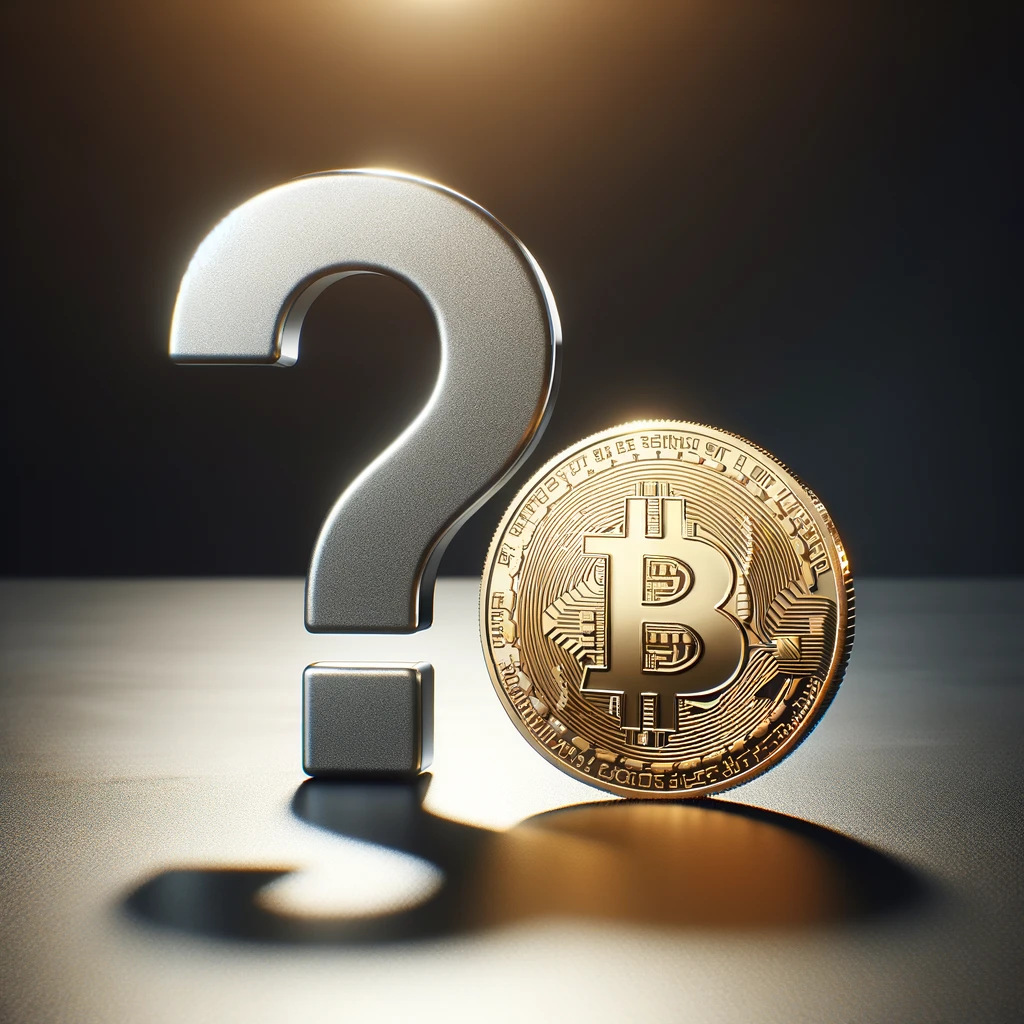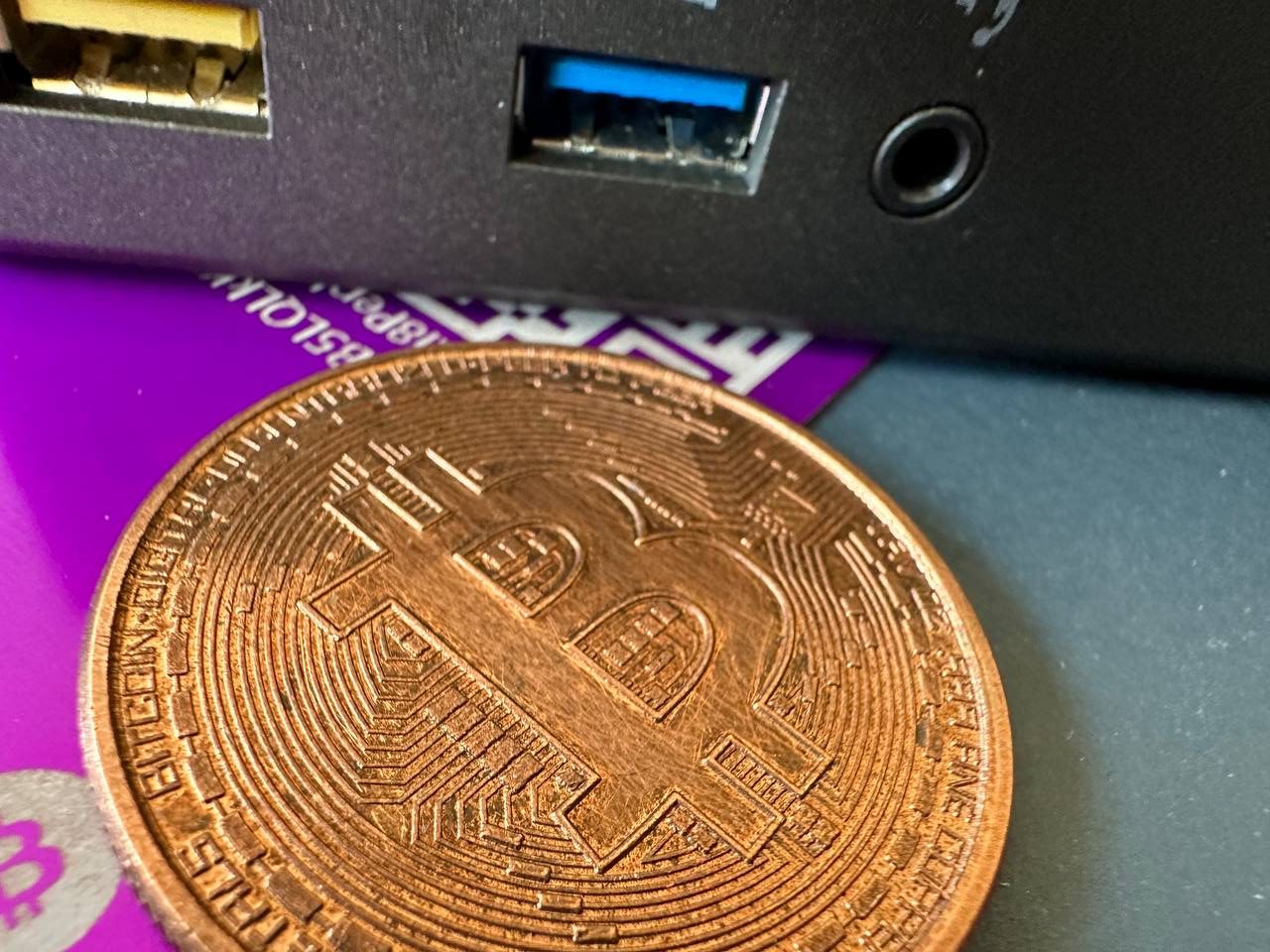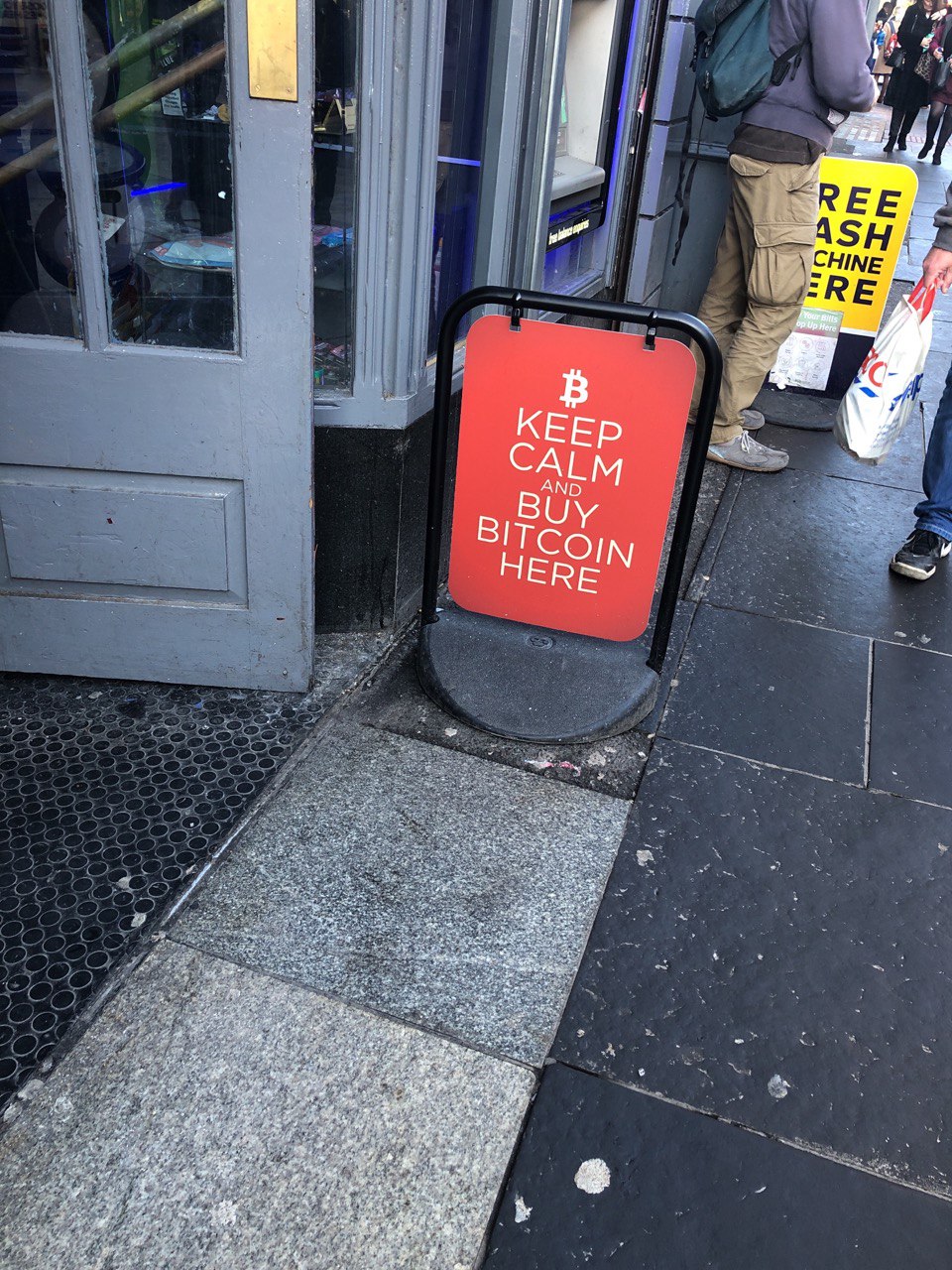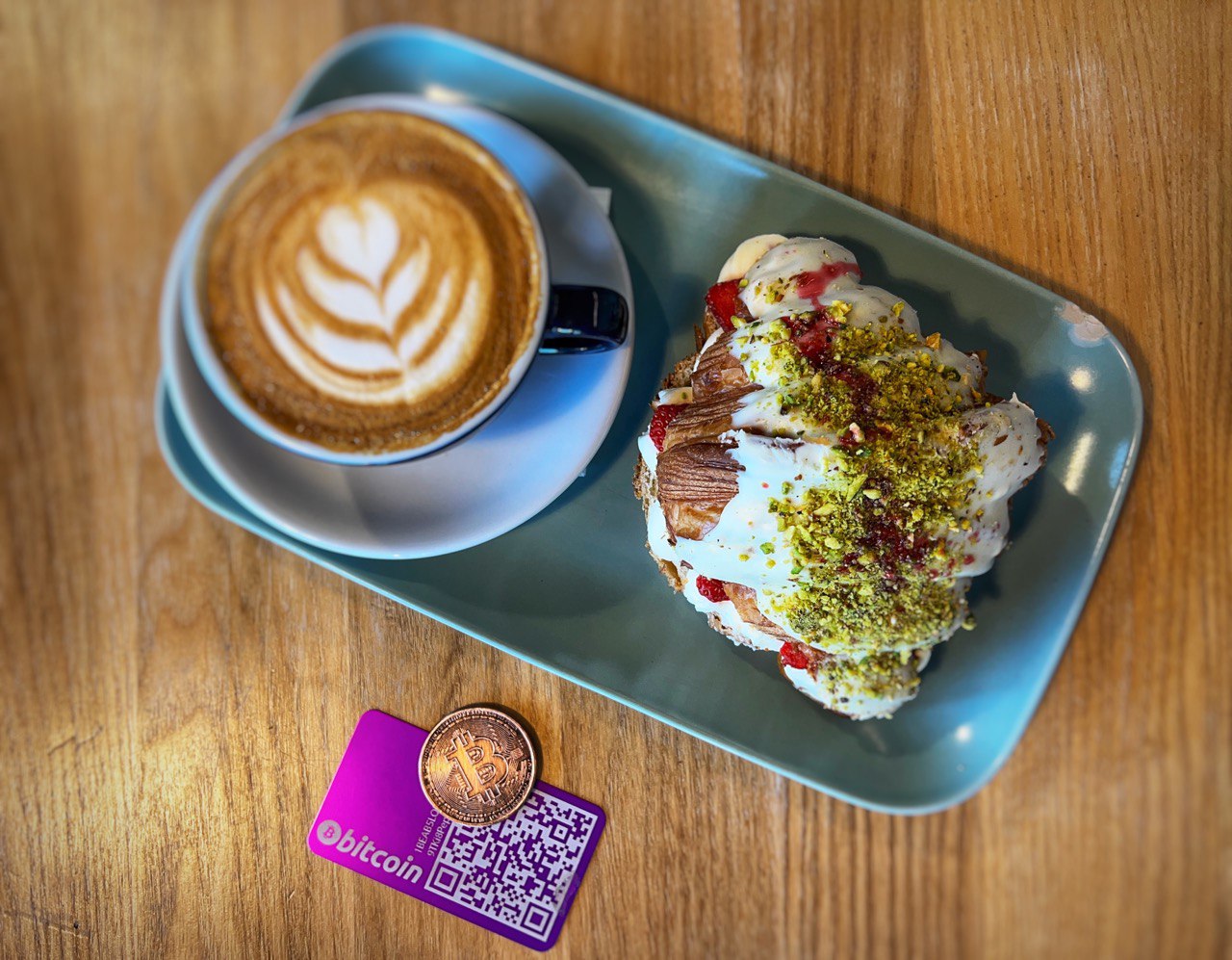The million-dollar question: who and when developed Bitcoin? Bitcoin was developed by an anonymous individual or group using the pseudonym Satoshi Nakamoto.
It’s 2024 and still nobody knows who is Satoshi Nakamoto. But this person in 2008 published a white paper entitled “Bitcoin: A Peer-to-Peer Electronic Cash System”, with the concept and operation of BTC as a digital currency. So what is Bitcoin?
What is Bitcoin?
Nakamoto wanted to create a decentralized and trustless system that would allow peer-to-peer transactions without the need for banks or financial institutions. He also aimed a global and censorship-resistant digital money that could empower people by giving them control over their finances.
What is needed is an electronic payment system based on cryptographic proof instead of trust, allowing any two willing parties to transact directly with each other without the need for a trusted third party.
– Satoshi wrote in the Bitcoin Whitepaper.

The Bitcoin white paper was posted to a cryptography mailing list on 31 October 2008 and laid the groundwork for the creation of the Bitcoin network, this is officially launched in January 2009 when he mining of his first block. This first block is named the Genesis block. Since then, bitcoin has grown exponentially, becoming the first and most common strong cryptocurrency in the world. After that, a couple of eager pioneers and explorers, typically young people started the development of a diverse ecosystem of cryptocurrencies and blockchain technologies, like ETH, LTC, and so on.
How Does Bitcoin Work: Proof of Work and Blockchain Technology
The Bitcoin network operates on a decentralized, peer-to-peer system that allows users to transact directly without any landing bank lines or official, state institutes. The network is used and powered by blockchain technology. This is the most secure mechanism based on the Proof of Work (PoW) algorithm that Satoshi created.
What is Blockchain Technology?
The pillar of the Bitcoin network is the blockchain, which is a distributed and unchangeable public ledger. The blockchain records all of the transactions ever made with Bitcoin and this will last forever on computers (nodes) all around the world. Each block in the blockchain contains a list of transactions, and these blocks are linked together chronologically, this is how the chain of transaction history works.
Bitcoin operates as a decentralized network through its technology, meaning there is no central authority that controls it, which is key to its operation. Instead, each participant in the network, known as a computer (node), has a copy of the entire blockchain. Each computer (node) independently verifies and validates new transactions and blocks. This ensures the integrity of the network.
How the Proof of Work (PoW) Algorithm Works
The PoW algorithm is a critical, most important part of the Bitcoin network’s security. When a single user like you, for example, initiates a transaction, it is broadcast to the network and miners compete to validate it then it is included within a new block. Miners, their computers, must solve a complex mathematical puzzle (known as the PoW) their using very serious computing power. For security reasons the PoW is designed to be difficult to solve, but easy to verify once a solution has been found. This process ensures that adding a new block to the blockchain requires stunning resources and effort, making it very expensive and difficult to attack or change the history of the blockchain.
Introducing the Mining Process
In Bitcoin mining, miners collect a batch of pending transactions and attempt to find a specific notice or message (it could be a number) that, when combined with the data in the block, produces a hash (a unique identifier of the transactions) that meets some of the criteria set by the network as Satoshi wrote. The first miner who finds a valid hash is allowed to create a new block and is rewarded with a predefined number of bitcoins as a block reward, in addition to any transaction fees included in the block.
The Consensus and Security
The PoW algorithm ensures that the majority of miners work on extending the longest chain. Creating consensus on the valid version of the blockchain. This consensus mechanism makes it extremely difficult, and almost unsolvable for criminals to alter past transactions or control the network. (It needs ro much overwhelming amount of computing power to override the honest nodes.)
How Does Bitcoin Mining Work in Details – How to Mine Bitcoin?
Bitcoin mining is a key process in the functioning of the Bitcoin network, where miners compete to validate transactions and add new blocks to the blockchain. This process involves complex mathematical computations and plays a major role in securing the network and creating new bitcoins. Let’s take a closer look at the details of how Bitcoin mining works:
- Transaction Verification: Whenever a user initiates a Bitcoin transaction, it is broadcast to the entire network. These transactions are collected in a pool known as the mempool, and await confirmation. Miners select transactions from the mempool to include in the new block they aim to add to the blockchain.
(A mempool is the waiting room of a blockchain node for transactions that are queued or pending.) - Constructing a Block: Miners collect a batch of transactions from the mempool, choosing those with the highest transaction fees or prioritizing transactions with specific characteristics. They then group these selected transactions into a new block.
- Creating the Header: Each block has a header containing crucial information. This header includes the hash of the previous block’s header, a timestamp, a unique identification number called a nonce, and the Merkle root of all the transactions within the block.
(A Merkle root is a simple mathematical way of confirming the facts on a Merkle tree. They’re used in cryptocurrency to ensure that blocks of information sent through a peer-to-peer network are whole, undamaged, and unaltered.) - Proof of Work: This is where the PoW algorithm comes into play. The miners try to find a specific nonce that, when combined with the other information in the block header, produces a hash that meets certain criteria set by the network. These criteria typically require the hash to start with a certain number of leading zeros. The process of repeatedly trying different nonces and hashing them until the criteria are met is known as “hashing” or “mining”.
- Difficulty Adjustment: The network automatically adjusts the difficulty of the PoW puzzle every 2016 blocks (approximately every two weeks) to maintain an average block generation time of approximately 10 minutes. As more miners join or leave the network, the difficulty is adjusted up or down to ensure a consistent block generation rate.
- Validating the Block: Once a miner finds a valid nonce that meets the PoW criteria, it broadcasts the new block to the network. Other nodes in the network have to verify the validity of the block by checking the proof of work and ensuring that the transactions are valid and not duplicated thus filtering out fraudsters and errors.
- Block Reward: The successful miner who adds a new block to the blockchain is rewarded with newly minted bitcoins, known as the block reward. This reward serves as an incentive for miners to continue securing the network and validating transactions. The block reward is halved approximately every four years through a process called ‘halving’ to control the issuance of new bitcoins and is currently set at 6.25 bitcoins per block (as of our knowledge in September 2021).
- Transaction Fees: In addition to the block reward, miners also earn transaction fees for transactions included in the block. Users can voluntarily include transaction fees when sending Bitcoin to incentivize miners to prioritize their transactions.
- Longest Chain Rule: Since multiple miners can find valid blocks at the same time, there can be temporary forks in the blockchain. However, the longest chain rule ensures that the valid chain with the highest cumulative PoW (the chain with the most work put into it) is recognized as the valid blockchain, and the others are discarded.

How Can I Buy Bitcoin – Let’s Take Some Safety Information!
- Pick a Bitcoin wallet: First, you need to choose a Bitcoin wallet – no worries: we will review this in more detail in the next chapter!
- Choose an Exchange: Now you need to choose a reputable crypto exchange! To buy Bitcoin, of course, you’ll need to use a cryptocurrency exchange. Those are an online platform that facilitates the buying and selling of various cryptocurrencies. Here are some popular and reputable exchanges that include the most common and secure eg. Coinbase, Binance, Kraken, Bitstamp, and Gemini.
- Register and Verify Your Account: Create an account on your chosen exchange, provide the necessary information, and undergo any required verification processes to comply with regulations. Yess, it is necessary.
- Deposit Funds: After verifying your account, you’ll need to deposit funds into your exchange account. Different exchanges offer various deposit options, such as bank transfers, credit/debit cards, or even other cryptocurrencies.
- Buying Bitcoin: Once your funds are available on the exchange, you can place your first Bitcoin purchase. You can specify the amount of Bitcoin you want to buy or the amount of fiat currency (e.g. USD, EUR, etc.) you want to spend.
- Transfer to Your Wallet: After buying Bitcoin on the exchange, it’s best practice to transfer the purchased Bitcoin to your personal wallet for added security. This process is known as a “withdrawal” from the exchange to your wallet.

Cryptocurrency and Bitcoin exchanges differ in various aspects, including:
- Fiat Currency Support: Some exchanges support a wide range of fiat currencies, making it easier for users from different countries to buy Bitcoin using their local currency.
- Trading Fees: Exchanges charge fees for buying, selling, and withdrawing cryptocurrencies. These fees can vary significantly between exchanges.
- Security: The level of security and measures taken to protect users’ funds and data can vary among exchanges. Choose exchanges with robust security features and a good track record in terms of safety.
- User Interface and Experience: The user interface and overall user experience can differ significantly, ranging from simple and beginner-friendly to advanced and more suitable for experienced traders.
- Trading Options: Some exchanges offer advanced trading features like margin trading and futures contracts, while others focus on simplicity for casual users.
- Regulation and Compliance: Exchanges may have different levels of compliance with regulatory requirements, affecting the availability of their services in certain regions.
- Liquidity: High liquidity on an exchange means there are enough buyers and sellers, leading to better prices and faster execution of trades.
How Can I Store Bitcoin?
As mentioned above, let’s take a closer look at the details of the safe storage of Bitcoin is essential to protect your investment and prevent unauthorized access to your digital assets! There are several ways to store Bitcoin, each offering different levels of security and accessibility. Here are the most common ones:
Software Wallets
- On Desktop: These are applications installed on your computer that give you full control over your private keys. Examples include Electrum (for Bitcoin) and Exodus.
- On Mobile: Installed on your smartphone, mobile wallets offer convenience and easy access. Popular options include Mycelium (for Bitcoin) and Trust Wallet.
- Online (Web wallets): Web-based wallets are accessible through a browser and offer convenience, but they rely on third-party servers. It’s generally recommended that you only use online wallets for small amounts and daily spending. Examples include Coinbase and Blockchain.info.
Hardware wallets
Hardware wallets are physical devices that store your private keys offline for added security. The main point is the keys never leave the device, reducing the risk of online threats! Popular hardware wallets include Ledger Nano S, Ledger Nano X, Trezor Model T, and Trezor One.
Paper wallets
Paper wallets are physical copies of your private and public bitcoin keys printed on paper or you can even write it with your own hand.
They are generated offline, making them highly secure. However, they require careful handling to avoid loss or damage, so you have to be very careful!
Websites such as bitaddress.org can help you create a paper wallet.
Brain wallets
“Brain wallets” are created by you memorizing a passphrase that acts as your private key. While this method allows easy access to your funds without physical hardware, it is susceptible to brute force attacks and is generally not recommended due to the risk of forgetting or losing the passphrase.
Custodial services
Some third-party platforms, such as cryptocurrency exchanges and custodial wallets, offer to store your Bitcoin on your behalf. While this may be convenient, it means that you are entrusting the security of your funds to the service provider. It’s generally advisable to only use custodial services with reputable and well-established companies.

Some Important Security Tips
- Always keep your private keys safe and never share them with anyone.
- Use strong, unique passwords for your wallets.
- Enable two-factor authentication (2FA) wherever possible to add an extra layer of security.
- Back up your wallet regularly to ensure you can recover your funds if your device is lost or fails.
- If you use hardware or paper wallets, make sure you buy them directly from official sources to avoid potential tampering.




